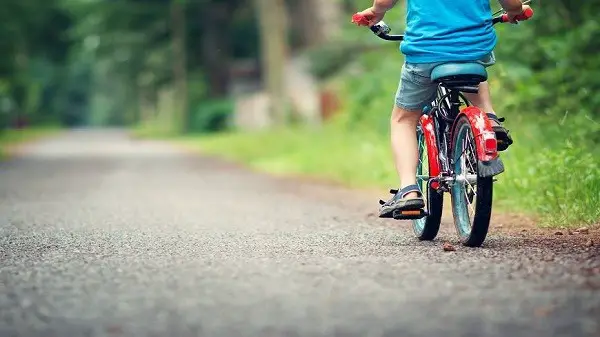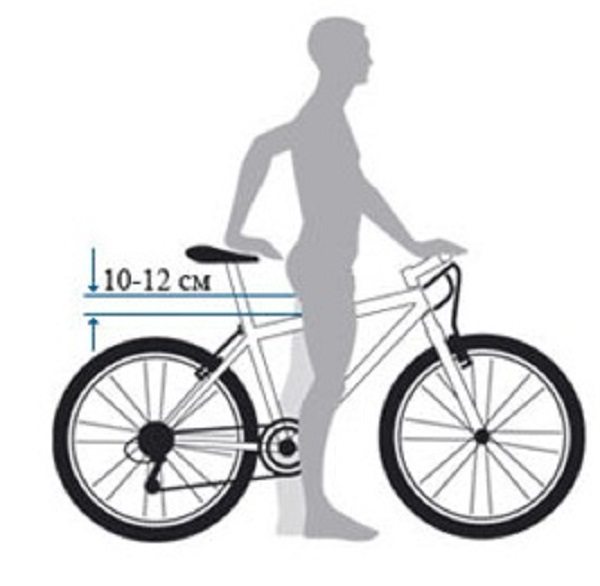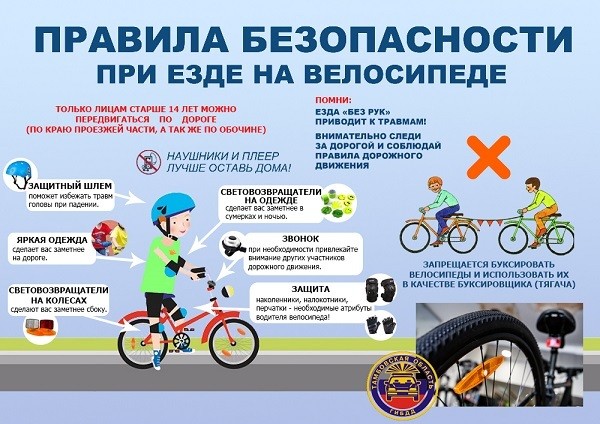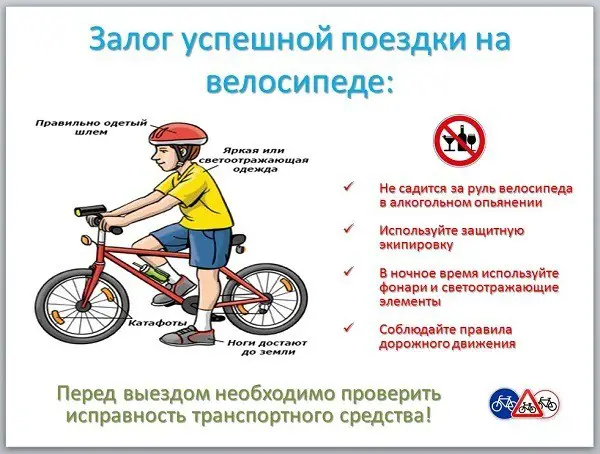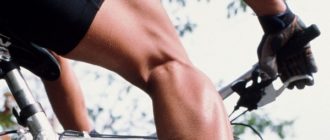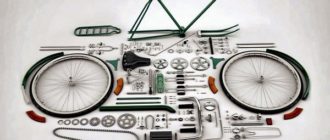If we talk about gifts for children, one of the most essential gifts is a bicycle. The very first – three-wheeled, then the first grader is given something like a mountain bike, which will serve the child 2-3 years, depending on the relationship to the transport, and then comes the time of more expensive models. And how many parents think about the question of how old you can ride a bike? Are they confident that a child in 5th or 6th grade can ride a two-wheeled vehicle independently on the highway? It’s time to get to the bottom of this question.
At what age can I ride a bicycle?
Rarely will a child refuse to ride a bicycle. It’s so great – a headwind in the face, new experiences, unexplored routes and friends who share this passion. Another time, pay attention to the local kids: there is a company that ride on scooters, there is a separate group of “pedestrians” and, of course, in any yard there is a gang, which from morning till late at night riding bikes. Any parent needs to know how old you can ride a bike, in order to parry in case of excerpts from the laws.
So, according to Russian law, to drive two-wheeled transport is allowed from 3-4 years (it all depends on the physical development of the child). But at such an early age, you can do it in the yard, on playgrounds and special areas where there are no cars and other dangers that threaten life and health. Other age restrictions are specified in the rules of the road:
- From age 7, a child may ride a bicycle on sidewalks or pedestrian paths in parks where there are no nearby roadways. Also at this age, a child may ride a bike when accompanied by an adult.
- From age 7 to 14, the child has the right to ride on special bicycle paths, but must not ride on the roadway.
- And only after 14 years of age a young cyclist becomes a full-fledged participant of the road traffic, who can move along the roadway with the flow of cars in accordance with the traffic regulations.
From this, we can conclude that most school children under the age of 14 should not ride bicycles on their own.
Properly Adjusting Your Bicycle to Your Child
Experienced cyclists know firsthand how important individual bike settings are. One might think, “What’s there to adjust? Just adjust the saddle and go!” Actually, it’s not that simple. Regular riding, especially over long distances, can cause joint pain and spinal problems over time. And now think about how dangerous it is for the young, growing body, which is just forming the musculoskeletal system.
So, dear parents, don’t neglect to customize your child’s bike. Now we will talk about it in more detail. What do you need to pay attention to? First of all these are:
- the height of the saddle;
- the position of the handlebars;
- the condition of the brakes;
- cushioning;
- the collars.
Let’s start with the seat: it should be securely fixed so that the child feels confident while riding. The height should be adjusted so that the baby can freely reach the pedals without using the upper body, that is, he worked only with the pelvis and limbs. It is important that the child pressed on the pedals with the whole foot, not the toe part. If it is set incorrectly, you will feel discomfort. In this case, you need to adjust the bike until the young rider feels comfortable in the saddle.
Now move on to the handlebar settings. The child should sit on the bike straight, slightly tilting the body. The handlebar should be securely fixed with bolts and nuts to avoid injury. Particular attention should be paid to its position: vertically, the handlebar angle should be from 60 to 90 degrees. This is the optimum height ratio, when a straight line is formed from the hands, arms and shoulder.
All that remains is to check the braking system and the shock absorption of the bike. Take into account the specifics of riding a teenager: curbs for them – not an obstacle, but a challenge. Therefore, shock absorbers should work properly, so as not to injure the groin area and other organs.
Rules of riding a bicycle for children under 14 years of age
We will not focus on the general rules of the road for all cyclists: we have them in a separate topic. Let’s just remind you that a young cyclist can ride independently on the roadway in accordance with the traffic rules from age 14. Until that age, the child may be accompanied by an adult on special paths or in a fenced area where there are no cars. If your child is already 14 years old and you calmly let it ride around the city, you must be sure that your child thoroughly studied the rules of the road, do not create obstacles for other drivers and move in accordance with the prescribed regulations.
But this is not all the requirements for drivers of two-wheeled transport. In particular, a child on a bicycle must wear a helmet and special protection for the knees and elbows. Not superfluous will be and gloves that help confidently hold the wheel, so that the palms do not slip.
What about the motor?
Bicycles may be equipped with low-powered motors that lighten the load and allow you to cover long distances. Children under the age of 14 are not allowed to ride such vehicles (except for engines under 20 km / h). From the age of 16 teenagers can ride bicycles with motors rated from 20-25 to 50 km/h. But there is one very important point here. According to traffic rules, a vehicle equipped with a motor with a capacity of 50 km/h or more is automatically recognized as a moped. And to operate such a vehicle, a special permit, that is, a driver’s license, is required.
Nevertheless, there are certain prohibitions that apply to the cyclist:
- It is forbidden to carry a load that protrudes more than one and a half meters to either side and creates obstacles for other road users.
- It is prohibited to carry a child without a special seat.
- You must not let go of the handlebars while riding: you must hold them with at least one hand.
It is clear that the cyclist has no right to move while intoxicated. In addition, the road user must not create emergency situations on the road and interfere with the general flow of cars.
Conclusion
A bicycle is a significant contribution to a child’s physical development. It trains endurance, creates an optimal load on the young body, improves the respiratory and cardiovascular system, and strengthens muscles and joints. In addition, a bicycle noticeably improves coordination and helps the kid find his company, which is especially important nowadays, when most kids spend their free time at computers and gadgets.

